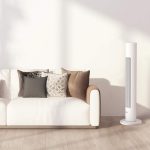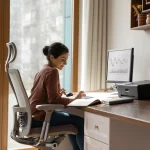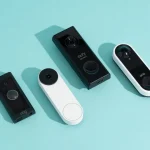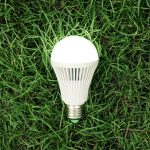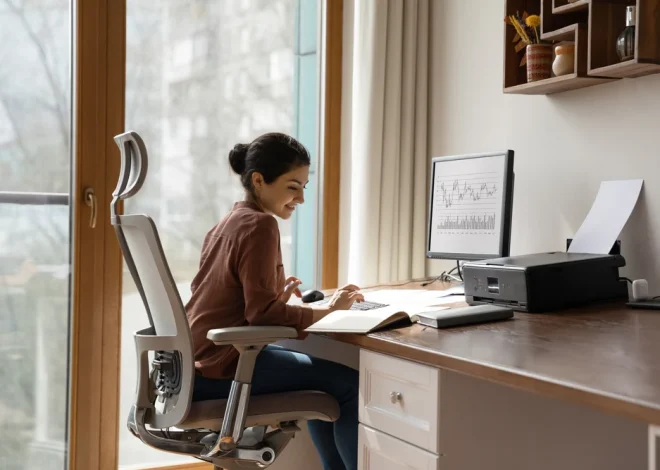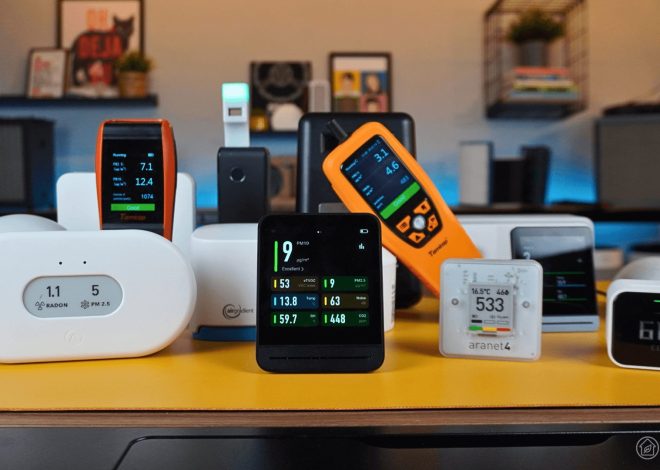Essential Senior Assistive Tools for Independence and Safety

It’s remarkable how much assistive devices for seniors have evolved, growing from simple walking sticks to a thriving industry worth 833 billion dollars in 2023. While traditional tools still play an important role, there are many modern devices designed to enhance the lives of older adults. These range from mobility aids and adaptive tools to products that ensure safety and support. In this article, we will explore a variety of these devices, from the tried-and-true to some innovative solutions you might not have encountered before. Keep reading to discover how these tools can transform the independence of seniors!
Mobility Aids for Seniors
According to the US Census, mobility issues are the leading disability among elderly Americans, and as we age, these challenges tend to intensify, significantly affecting quality of life. Simple tasks like walking, climbing stairs, or navigating uneven surfaces can become daunting.
Fortunately, various mobility aids for seniors can help maintain independence, even in the face of these difficulties.
Walking Sticks and Canes
Walking sticks have been around for centuries, but today’s models offer far more comfort and functionality. Look for options with ergonomic grips and adjustable height settings to ensure ease of use. Some even feature built-in lights to improve nighttime navigation.
Walkers and Rollators
If a cane doesn’t provide enough support, a walker or rollator could be an excellent solution. A walker typically has a sturdy frame with rubber handles and either rubber or wheeled feet, giving more stability and helping with posture. Non-wheeled walkers offer more support, while wheeled versions allow for a smoother, more consistent walking pace.
Rollators take things a step further, incorporating a seat for breaks and sometimes storage compartments for carrying essential items around your home or while out and about.
Wheelchairs and Motorized Scooters
For individuals with more significant mobility limitations, wheelchairs are invaluable. However, they may require the assistance of a caregiver to move around. Motorized scooters provide even greater independence, allowing seniors to navigate outdoors without the need for someone else to push. These devices offer greater speed and freedom of movement than wheelchairs.
Stair Lifts
Stair lifts are a game-changer for seniors who live in multilevel homes. These devices make it possible to ascend and descend stairs without strain, reducing the risk of falls.
Senior Assistive Technology
Assistive technology for seniors is designed with two primary goals: enhancing quality of life and improving safety. Senior safety products focus on minimizing risks, while other technologies make daily life easier and more convenient.
Medical Alert Systems
Medical alert systems ensure that help is never out of reach. By simply pressing a button, seniors can alert caretakers or emergency responders that they need assistance. Some advanced systems can detect falls or track movements, such as when someone gets out of bed, offering an extra layer of security. GPS-enabled devices are also helpful for individuals with dementia who may wander off, ensuring they can be found quickly.
Smart Home Devices
Smart home technologies are reshaping how families interact with their living spaces, and these systems are especially beneficial for seniors. Features include:
- Smart speakers that provide music, news, and weather updates
- Smart thermostats for easy temperature control
- Biometric smart locks, eliminating the need for keys
- Voice-controlled smart lighting
These devices reduce physical exertion and promote independence, making them ideal for older adults.
Hearing Aids
Gone are the days of bulky, unreliable hearing aids. Modern devices come with cutting-edge features such as:
- Bluetooth connectivity for easy listening to music, phone calls, or TV
- Noise-cancelling technology for a better hearing experience
- Rechargeable batteries for hassle-free use
Some even help alleviate tinnitus, providing relief for those who suffer from this condition.
Adaptive Devices for the Elderly
As we age, maintaining independence in daily activities becomes increasingly important. Adaptive devices can simplify various tasks, allowing seniors to carry them out without assistance.
Reachers and Grabbers
These handy tools allow you to grab items that are out of reach without straining your back or risking a fall. Perfect for reaching high shelves or picking up dropped items, they can help you manage your environment safely and independently.
Jar Openers
Opening jars can be tough on anyone, but it becomes particularly challenging as we age and lose muscle strength. Both manual and electric jar openers are available, making it easier to access your favorite foods.
Dressing Aids
Tools like button hooks, zipper pulls, and sock aids can simplify dressing, making it quicker and easier to get dressed, even with limited dexterity.
Raised Toilet Seats
For many seniors, especially those affected by sarcopenia, lowering oneself onto a standard toilet can become difficult. Raised toilet seats, which add extra height to the seat, can significantly reduce strain and improve comfort during use.
Creating a Safer, More Independent Life
Assistive devices for seniors play a crucial role in maintaining independence and ensuring safety. By investing in some of the products mentioned above, you can continue to live an active, fulfilling life. Imagine living in a community tailored specifically to meet seniors’ needs, where independence and security are prioritized at every turn.

